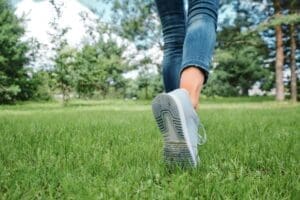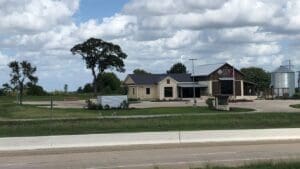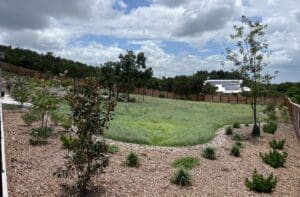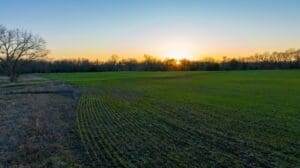Texas is a vast state with diverse geography, and as a result, it exhibits a wide range of soil types. Here are some of the major soil types found in Texas:
- Loamy Soils: Loamy soils are well-balanced soils with a mixture of sand, silt, and clay. They are generally fertile and ideal for agriculture. Loamy soils can be found in various parts of Texas, including the Blackland Prairie region and the East Texas Piney Woods.
- Sandy Soils: Sandy soils are composed of larger particles of sand and have a gritty texture. These soils have good drainage but may require additional amendments to improve fertility and moisture retention. Sandy soils are prevalent along the Texas coast, especially in areas like the Gulf Coastal Plains.
- Clay Soils: Clay soils have fine particles that can hold water and nutrients but may become compacted and poorly drained. In Texas, clay soils are common in regions such as the North Central Plains and the Gulf Coastal Plains.
- Caliche Soils: Caliche soils are characterized by the presence of calcium carbonate deposits. They can be hard and compacted, limiting root growth and water penetration. Caliche soils are often found in arid and semi-arid regions of Texas, including parts of West Texas and the Edwards Plateau.
- Limestone Soils: Limestone soils are derived from limestone rock formations and are typically alkaline. These soils can be found in areas with limestone outcrops, such as the Hill Country region of Texas.
- Red Soils: Red soils, also known as reddish-brown soils, are formed from weathered iron-rich materials. These soils are often found in parts of East Texas and the Piney Woods region.
- Alluvial Soils: Alluvial soils are deposited by rivers and streams and are generally fertile and well-drained. They can be found along river valleys and floodplains throughout Texas.
It’s important to note that soil types can vary even within a relatively small geographical area. The specific soil composition in a particular location may be influenced by factors such as climate, topography, geology, and vegetation. If you are interested in understanding the soil type on your property or for a specific region in Texas, consulting local agricultural extension offices, soil surveys, or soil testing services can provide more detailed and accurate information.
At BV we are experts at the Hydroseeding or Hydromulch process of combining the correct blend of grass seed of your choice, paper or wood mulch, spraying the application on the ground surface in a uniform manner to create a mat or blanket effect. Fertilizers, tactifers etc. can be added if needed.After your blend of Hydromulch has been sprayed ,the seeds will start there germentation process.
We specialize in landscaping, highway and slope stabilization, reclamation of disturbed lands, and erosion control on construction sites. It offers several advantages over traditional seeding methods, such as faster and more uniform germination, reduced erosion, and the ability to customize seed mixtures to specific soil and environmental conditions. You will typically have grass in 7-10 days.
🌱🚀 Ready to Transform Your Landscape? Contact Us Today! 📝
BV HydroSeeding, an owner-operated company, is dedicated to delivering exceptional hydroseeding and erosion control solutions. Want to add vibrant wildflowers to your hydroseeding blend, bringing captivating colors to your pasture, pond, or any desired area?
Discover the full extent of what we can do for your residential or commercial property by reaching out to the experts at Brazos Valley Hydroseeding. Our team is eagerly waiting to meet you, understand your needs, and provide tailored solutions for your hydroseeding and erosion control requirements. Don’t wait any longer – Contact us today! Let’s embark on this green journey together.






